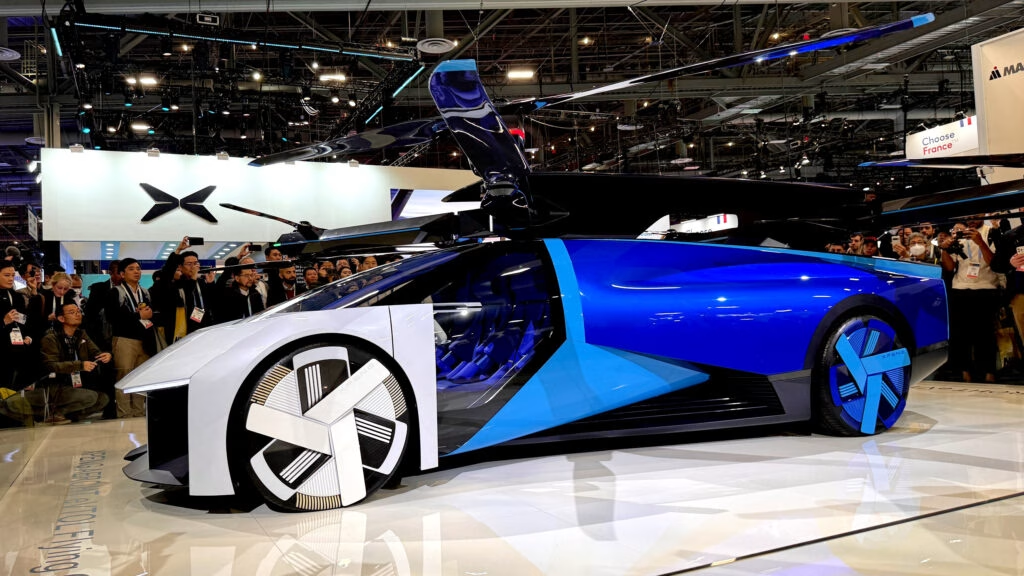Flying cars might sound like a concept straight out of a futuristic movie, but recent developments indicate that they could soon become a reality. The U.S. government is taking significant steps to integrate electric vertical take-off and landing (eVTOL) aircraft into our skies. This initiative, spearheaded by an executive order signed by President Trump, aims to position the United States as a leader in the emerging aviation sector. Let’s dive into what this means for the future of transportation.
What’s the Big Deal About eVTOL Aircraft?
eVTOL aircraft are designed to take off and land vertically, making them ideal for urban environments where space is limited. These vehicles promise to revolutionize how we think about transportation, offering solutions for air taxis, cargo delivery, and even emergency medical services. Imagine skipping traffic jams by soaring above the gridlock—sounds appealing, right?
The executive order outlines a pilot program that will kickstart testing for these flying vehicles. The focus will be on various applications, including air taxis and logistics, which could dramatically change how goods and people move in densely populated areas. The potential benefits are immense, from reducing travel times to lowering emissions associated with traditional ground transport.
How Will the U.S. Government Support This Initiative?
To ensure the successful integration of eVTOL aircraft, the Federal Aviation Administration (FAA) is tasked with selecting at least five pilot projects. These projects will be evaluated based on several criteria, including the technological innovation of the aircraft and the geographical diversity of the operations. The goal is to create a balanced representation of the various applications eVTOL can serve.
The FAA will work closely with selected applicants to outline project goals, regulatory needs, and timelines. This collaboration is crucial for addressing the myriad challenges that come with introducing new aviation technologies into the national airspace. The hope is that by cutting through the regulatory red tape, innovators can more easily bring their ideas to fruition.
What Challenges Lie Ahead?
While the excitement surrounding eVTOL is palpable, there are still hurdles to overcome. The regulatory landscape for aviation is notoriously complex, and integrating new technologies often involves navigating a maze of rules and guidelines. Michael Kratsios, policy director at the White House Office of Science and Technology, highlighted the historical regulatory gridlock that has stifled innovation in the U.S. aviation sector. The executive order aims to change that by fostering a more conducive environment for testing and commercialization.
Moreover, public acceptance and safety concerns will play a significant role in the widespread adoption of flying cars. Ensuring that these vehicles are safe and reliable is paramount. The government and manufacturers will need to work together to build public trust in this new mode of transportation.
What’s Next for eVTOL?
As we look to the future, the integration of eVTOL aircraft into our daily lives could reshape urban mobility. The potential for reduced congestion, faster travel times, and lower environmental impact makes this an exciting prospect. However, the timeline from executive order to actual flights remains uncertain. It’s a complex journey that will require collaboration between government agencies, private companies, and the public.
The big takeaway? Embracing eVTOL technology isn’t just about flying cars; it’s about reimagining how we navigate our cities. As the pilot projects take off, we may soon find ourselves in a world where flying above traffic is not just a dream but a daily reality. Start keeping an eye on this space—change is in the air!

